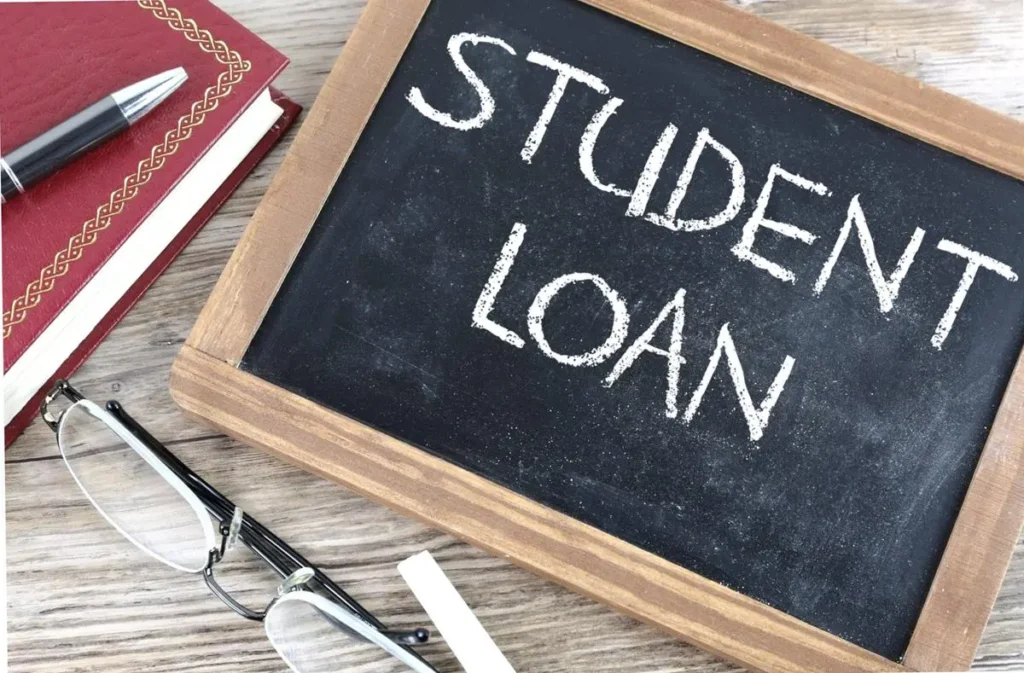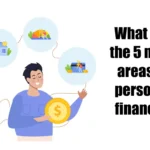Student loans are a significant concern for millions of borrowers across the United States. As 2025 approaches, changes in policies and repayment plans are set to reshape how student loan debt is managed. Borrowers must understand these shifts to protect their financial health and plan effectively. With pandemic-era relief programs concluding and potential changes under the Trump administration, it’s essential to stay informed about what lies ahead.
The End of Pandemic Relief Programs
The COVID-19 pandemic brought unprecedented challenges, prompting the government to implement temporary relief measures for student loan borrowers. These included:
- Suspension of Payments: Federal student loan payments were paused to ease the burden on borrowers during economic uncertainty.
- Zero Interest Accrual: Interest on federal student loans was temporarily set to 0%, preventing debt growth during the pause.
- Garnishment Protections: Wages, tax refunds, and Social Security payments were shielded from garnishment for borrowers in default.
However, as the economy recovers, these programs are winding down. Borrowers must prepare to resume payments and adjust their budgets accordingly.
SAVE Program and Its Uncertain Future
The SAVE (Saving on A Valuable Education) program was introduced as an income-driven repayment (IDR) plan to reduce monthly payments and provide long-term relief. However, legal challenges and the potential for policy changes under the Trump administration threaten its continuation.
- Court Challenges: SAVE has faced legal hurdles that could lead to its cancellation.
- Impact on Borrowers: Millions enrolled in the program may need to explore other repayment options.
- Action Steps: Borrowers should monitor updates and consult their loan servicers for guidance on transitioning to other plans.
Changes to Income-Driven Repayment Programs
Income-driven repayment programs like REPAYE, PAYE, and IBR have been vital for borrowers with limited income. These programs cap monthly payments based on earnings and family size. Potential changes in 2025 include:
- New Eligibility Criteria: The Trump administration might introduce stricter qualifications for IDR plans.
- Revised Payment Calculations: Adjustments to how payments are calculated could increase monthly obligations for some borrowers.
Advice: Evaluate your current plan and consider consolidation or switching if your current IDR program is affected.
The Return of Garnishments
Borrowers in default should prepare for the return of garnishment policies. Starting in 2025:
- Wage Garnishments: Employers may be required to withhold a portion of your paycheck.
- Tax Refund Seizures: The government could claim federal tax refunds to offset defaulted loans.
- Social Security Impact: A portion of Social Security benefits may be withheld from borrowers in default.
To avoid garnishment, consider rehabilitation or consolidation options to bring your loans out of default status.
Interest Rates and Refinancing Risks
In response to economic conditions, the Federal Reserve has begun lowering interest rates. While this benefits many borrowers, it also presents risks:
- Temptation to Refinance: Lower rates might encourage borrowers to refinance federal loans with private lenders.
- Loss of Protections: Refinancing eliminates access to federal benefits like income-driven repayment and loan forgiveness.
Expert Tip: Carefully analyze the trade-offs before refinancing. Federal loans offer unique safeguards that private loans do not.
Also Read: Trump’s First Year Will Be Filled with Fiscal Follies
How Borrowers Can Prepare for 2025
Proactive planning is crucial to navigating upcoming changes. Here’s how to stay ahead:
- Review Your Repayment Plan: Ensure your current plan aligns with your financial situation.
- Explore Alternatives: Research deferment, forbearance, or alternative plans if your current one becomes unfeasible.
- Seek Professional Guidance: Consult financial advisers or loan servicers for personalized advice.
Impacts on Borrowers’ Credit
Defaulting on student loans can have severe consequences for your credit score:
- Reporting to Credit Agencies: Defaulted loans will be reported, negatively affecting your creditworthiness.
- Difficulty Accessing Credit: Poor credit can hinder your ability to secure future loans or mortgages.
Action Plan: Make timely payments or seek options to rehabilitate your loan if defaulted.
The Political Landscape and Its Effects
The Trump administration’s policies could significantly influence student loan programs. While no concrete plans have been announced, the administration’s critical stance on existing programs suggests changes are likely. Borrowers should stay informed and adjust their strategies as new policies are unveiled.
Understanding Your Loan Terms
Federal loans differ significantly from private loans. Here’s why:
- Federal Loan Protections: Benefits like IDR plans, deferment, and loan forgiveness are exclusive to federal loans.
- Private Loan Risks: Private lenders lack flexible repayment options and borrower protections.
Tip: Prioritize federal loan repayment options before considering private loans.
Consequences of Default
Defaulting on your student loans can result in:
- Wage Garnishments: Automatic deductions from your paycheck.
- Legal Actions: Lawsuits from lenders seeking repayment.
- Financial Instability: Long-term damage to credit and financial health.
Steps to Avoid Default
Avoiding default requires proactive measures:
- Create a Budget: Allocate funds specifically for loan payments.
- Use Deferment or Forbearance: Temporarily pause payments during financial hardship.
- Communicate with Your Lender: Discuss alternative repayment options if you’re struggling.
The Importance of Staying Informed
With policies constantly evolving, staying updated is critical:
- Reliable Sources: Follow the Department of Education and reputable financial websites.
- Regular Check-Ins: Periodically review your loan status and repayment plan.
The landscape of student loans in 2025 is poised for significant changes. Borrowers must stay vigilant, understand their options, and adapt to new policies. By planning proactively and seeking guidance, you can navigate these challenges and secure your financial future.
How will the SAVE program changes affect me?
If SAVE is discontinued, you’ll need to transition to another repayment plan that fits your financial needs.
Should I refinance my federal student loan?
Refinancing may lower your interest rate but removes federal protections, so consider your long-term goals.
What happens if I default on my student loan?
Default leads to wage garnishment, credit damage, and potential legal actions.
How can I improve my credit after a default?
Rehabilitate your loan, make consistent payments, and monitor your credit report.
Where can I find reliable updates on student loan policies?
The Department of Education website and financial advisers are excellent resources.








